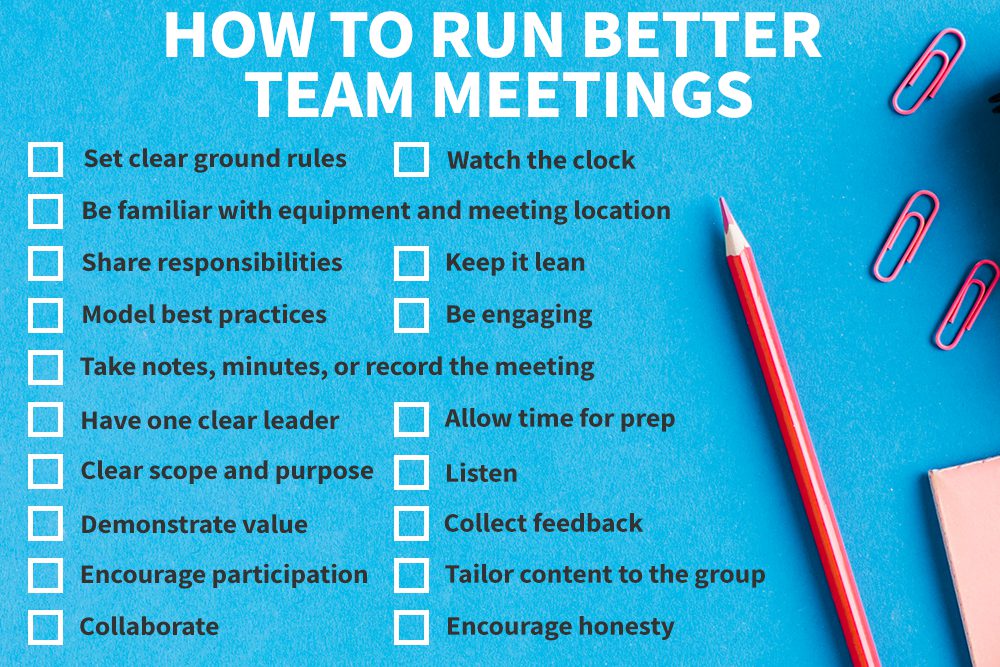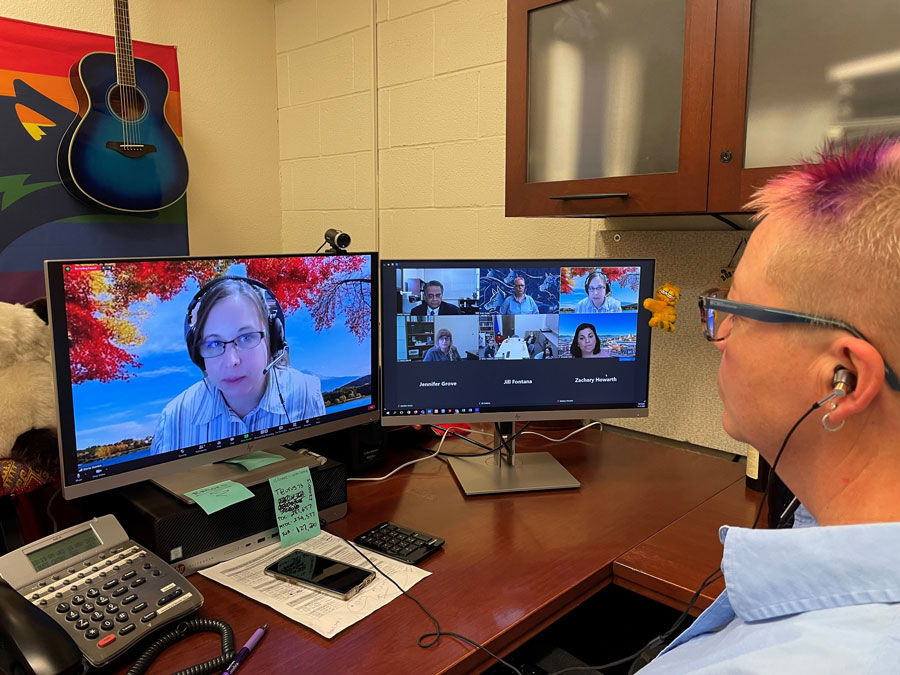As technology continues to improve, more and more educational and training opportunities are being offered through group sessions conducted over the Internet. This article aims to explore best practices for conducting Zoom group sessions for educational and training purposes.
It will provide an overview of the key elements required for a successful session, such as setting expectations, creating structure, using visuals effectively, and managing challenging situations.
Additionally, it will examine how these best practices can be adapted to different learning styles to ensure maximum engagement from participants. Finally, it will offer advice on how you can use data collected during a Zoom session to maximize future success.
With this guidance in hand, you should be well-equipped with all the information needed to make your next Zoom group session memorable and productive!
Preparing for a Successful Group Session
Preparing for a successful group session can be a daunting task. To ensure that your Zoom group sessions are educational and productive, there are some important steps you should take before the session starts. Firstly, create an agenda outlining all the topics to be discussed during the session and assign roles to each participant if necessary.
Secondly, make sure everyone has access to the Zoom link before starting and encourage participants to join early so they have time for introductions and warm-up activities.
Thirdly, test out any tools or applications you plan on using in advance so that technical difficulties don’t hinder your progress during the meeting.
Finally, establish ground rules of behavior at the start of every meeting such as limiting talking over one another or having side conversations during presentations to create an enjoyable learning environment for everyone involved.
With these best practices in mind, you can guarantee that your Zoom group sessions will achieve their desired results with maximum efficiency!
Setting Ground Rules and Expectations

When it comes to Zoom group sessions for educational and training purposes, setting ground rules and expectations is key. It’s important to give participants a roadmap of what they can expect during the session in terms of engagement, behavior, and outcomes.
This could include guidelines like being respectful to each other when speaking or using audio/video features appropriately. Additionally, you may want to set clear goals for the session such as how long the meeting will last or what topics will be discussed.
Finally, discuss any potential technical issues that may arise including internet connectivity or hardware problems so everyone is prepared if something goes wrong. By setting these ground rules and expectations before beginning a Zoom group session for educational or training purposes, you can ensure that all participants have an enjoyable experience with successful results from their time together.
Engaging Audience Participation

Engaging audience participation can be a tricky endeavor, especially when it comes to Zoom group sessions for educational and training purposes. To make sure that everyone is engaged, several steps should be taken.
First, the organizer of the session should set clear objectives with specific outcomes in mind. This will help keep participants focused on what they need to get out of the meeting or class.
Additionally, it’s important to provide activities or tasks that engage all attendees and encourage discussion between them. This could include sharing ideas in small groups or breaking up into teams for problem-solving tasks.
It’s also important to use visuals such as images, diagrams, and videos where appropriate so that participants can better understand complex concepts being presented during the session.
And lastly, using polls and surveys throughout the meeting/class helps ensure everyone feels heard as well as keeps track of participant involvement over time – this also allows organizers to have a better idea of how effectively their message has been communicated at any given point!
Conclusion

Group sessions for educational and training purposes are becoming increasingly popular, especially with the rise of Zoom technology. With an emphasis on flexibility and convenience, Zoom offers a variety of features that can help facilitate effective group learning.
By creating breakout rooms to allow for smaller conversations, sharing multimedia content quickly, and providing access to recordings after meetings have concluded – there is much potential in using this platform in today’s education system.
Best practices should be followed when utilizing Zoom to ensure optimal outcomes; such as following up with attendees afterward, scheduling appropriate times for breaks throughout longer sessions, limiting distractions and disruptions, and making sure everyone feels comfortable participating in the session.
To learn more about best practices via Zoom check out look virtual group sessions. When these considerations are taken into account then educators will be able to confidently use this tool effectively within their courses – leading to successful online educational experiences for all participants involved!


